Crystal Oscillator
We provide a wide range of high-precision crystal oscillators, including XOs, TCXOs, VCXOs, and OCXOs. Our oscillators deliver exceptional stability and reliability for diverse applications, from consumer electronics to critical telecommunications. Choose from our selection for your exact frequency and stability needs.
Customize Crystal Oscillator Wholesale to Delight Your Clients
Elevate your client offerings with our customizable crystal oscillator wholesale. Tailor frequency, stability, and packaging to meet unique project needs. Deliver precision and reliability, building lasting partnerships. We provide diverse oscillator types, ensuring optimal performance for every application.
Frequency and Stability
The fundamental aspect is the output frequency, which can be specified to extremely precise tolerances. Beyond that, the stability over temperature and time is critical. Customization allows selecting the exact stability grade, from basic XO levels to ultra-stable OCXO performance, ensuring the oscillator maintains the required frequency accuracy across varying environmental conditions. This is vital for applications requiring precise timing, such as GPS or telecommunications.
Voltage Control and Tuning
Many applications require the ability to fine-tune the output frequency. Customizing a VCXO allows for specifying the voltage control range and linearity. This enables integration into phase-locked loops (PLLs) and other frequency synthesis circuits. Customizing the tuning range ensures the oscillator can be precisely adjusted to match the desired frequency, accommodating variations in other system components or allowing for dynamic frequency adjustments.
Temperature Compensation and Control
For applications operating in fluctuating temperatures, custom temperature compensation is essential. This can range from simple TCXO compensation to sophisticated oven-controlled (OCXO) heating. Customization allows for specifying the temperature range and the level of compensation required, ensuring the oscillator maintains its frequency stability even under extreme temperature variations. This is crucial for outdoor or industrial applications.
Package and Power Consumption
The physical package and power consumption are critical for integration into specific devices. Customization allows for selecting the appropriate package size and type, such as surface mount or through-hole, to fit the available space. Additionally, power consumption can be optimized to meet the device’s power budget. This is particularly important for battery-powered or portable devices, where minimizing power consumption is essential for extended operation.
Weishi Electronics: Your Reliable Crystal Oscillator Manufacturer
Weishi Electronics is a leading Crystal Oscillator Manufacturer, specializing in high-quality, customizable solutions. From basic XOs to advanced OCXOs, we deliver precision and reliability. Our expertise ensures optimal performance for diverse applications, backed by rigorous quality control and dedicated customer support. Trust Weishi Electronics for your crystal oscillator needs.
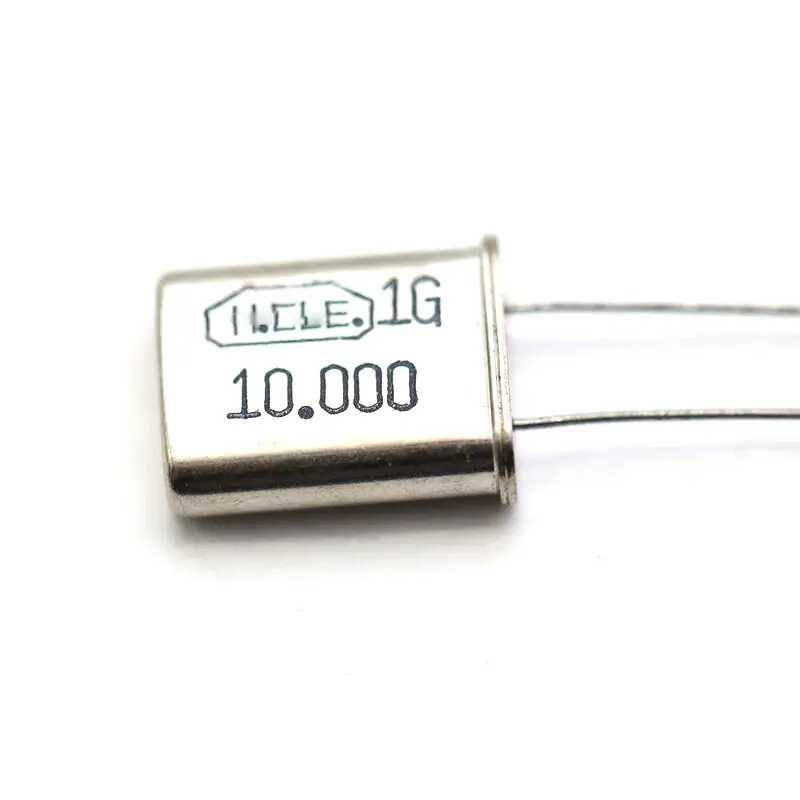
1 ghz crystal oscillator
We offer high-performance 1 GHz crystal oscillators, engineered for precision and stability. Our selection includes options tailored for various applications, delivering reliable frequency output. Choose from our range to meet your specific timing requirements, ensuring optimal performance in your high-frequency designs.
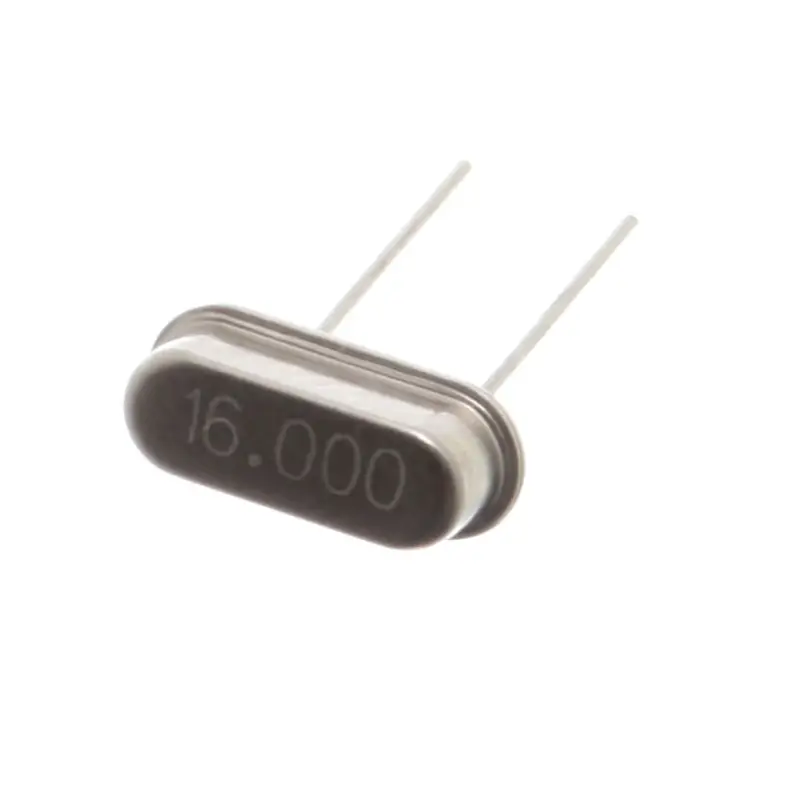
1 hz crystal oscillator
While 1 Hz is exceptionally low for crystal oscillators, we specialize in custom frequency solutions. We can explore specialized techniques and circuit designs to achieve ultra-low frequencies, though traditional crystal oscillators typically operate in the kilohertz and megahertz ranges. Contact us to discuss your unique low-frequency requirements.
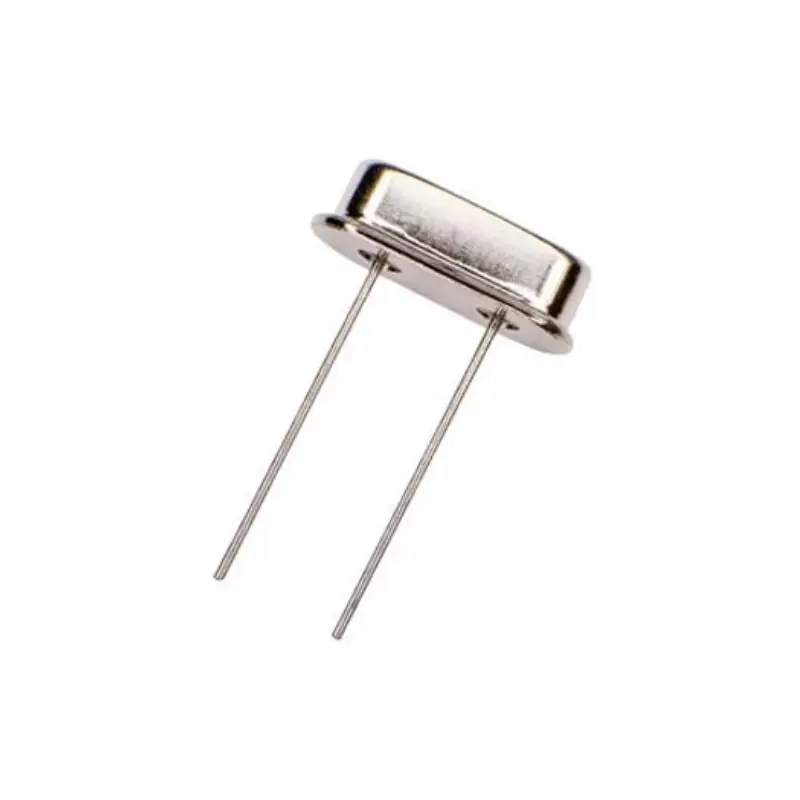
1 khz crystal oscillator
We offer precise 1 kHz crystal oscillators, engineered for stable and reliable frequency generation. Our solutions cater to applications requiring low-frequency accuracy. Choose from our range of oscillators, tailored to meet your specific performance and integration needs, ensuring consistent and dependable timing.

1 megahertz crystal oscillator
We offer precise 1 MHz crystal oscillators, engineered for stable and reliable frequency generation. Our selection caters to various needs, from standard XOs to temperature-compensated options. Choose our 1 MHz oscillators for consistent performance in your timing-critical applications.
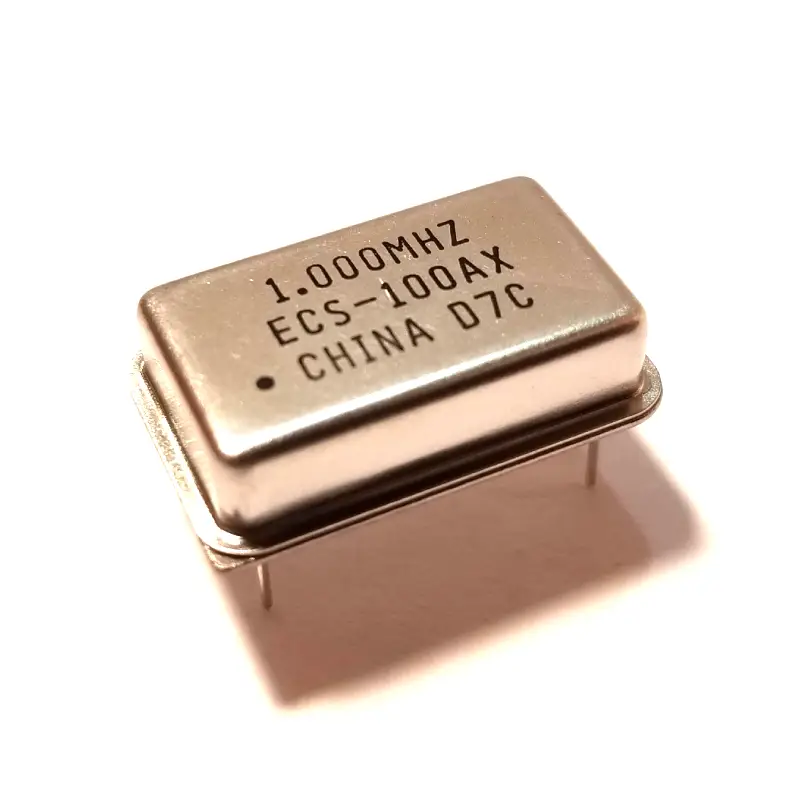
1 mhz crystal oscillator
We offer high-precision 1 MHz crystal oscillators, designed for stability and reliability. Our selection includes various types, from standard XOs to temperature-compensated TCXOs. Ideal for applications requiring a precise 1 MHz clock signal, our oscillators ensure consistent performance.
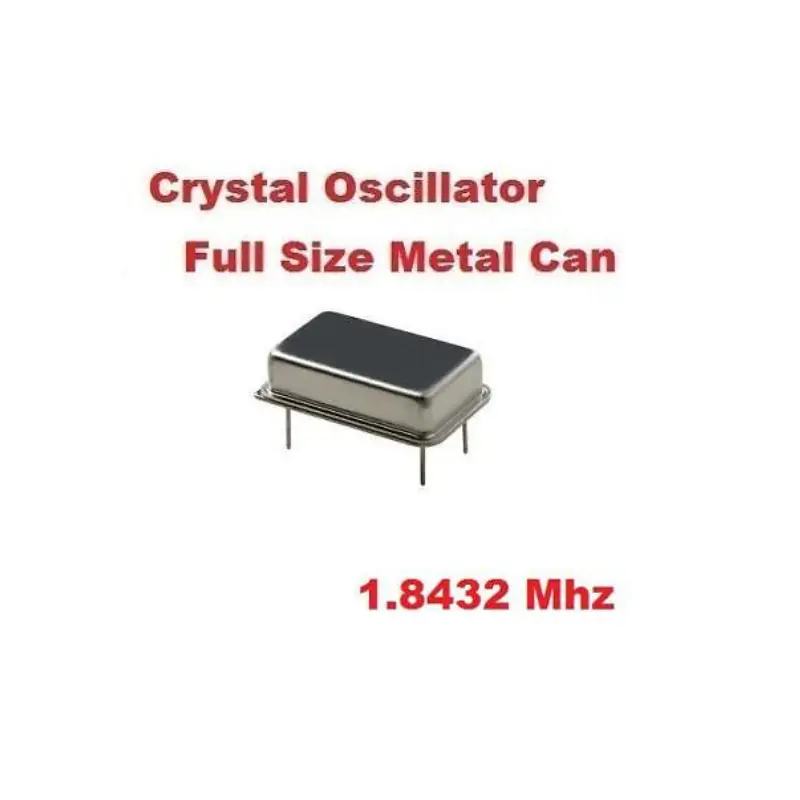
1.8432 mhz crystal oscillator
We provide high-precision 1.8432 MHz crystal oscillators, engineered for stability and reliability. Ideal for applications demanding precise timing, our oscillators ensure consistent performance. Choose from various package sizes and stability levels to meet your specific requirements.

10 khz crystal oscillator
We provide 10 kHz crystal oscillators, engineered for stability and precision. Ideal for low-frequency applications, our oscillators deliver reliable performance. Choose from various package sizes and stability options to meet your specific design requirements. Contact us for custom solutions.
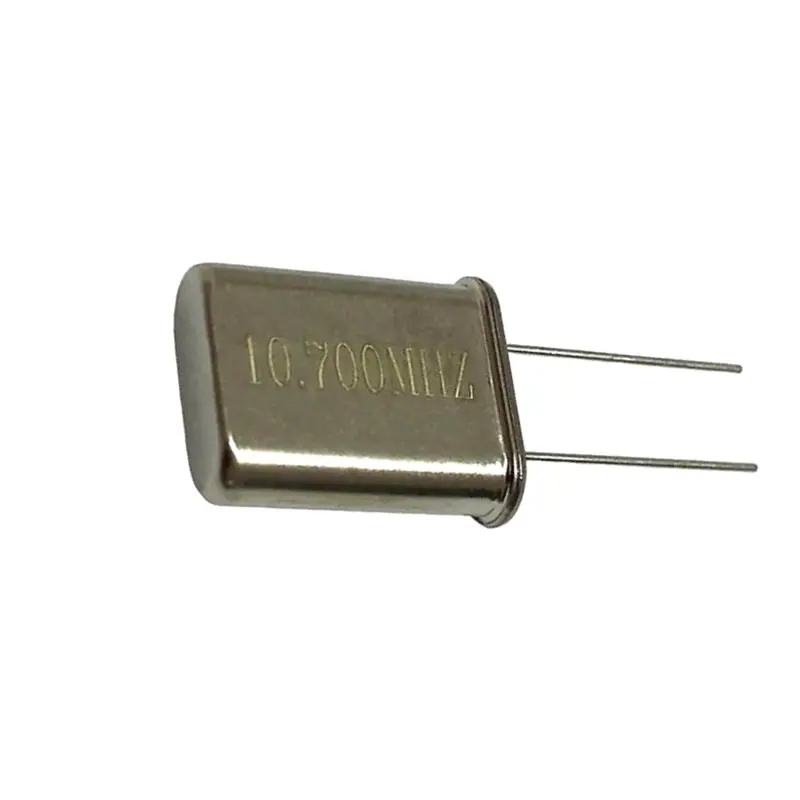
10.7 mhz crystal oscillator
We provide high-quality 10.7 MHz crystal oscillators designed for reliable performance. Our selection caters to various needs, offering stable frequency output for applications requiring precise timing. Experience consistent and dependable operation with our 10.7 MHz crystal oscillators.
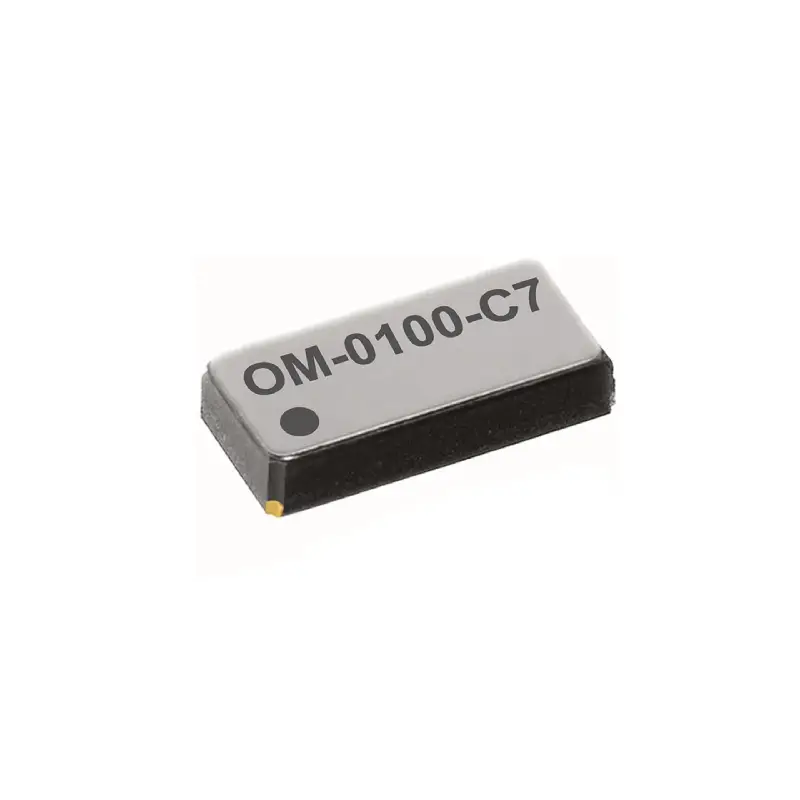
100 khz crystal oscillator
We offer 100 kHz crystal oscillators designed for stable, low-frequency applications. Our solutions provide reliable performance with various stability options. Choose from our selection to meet your specific requirements, ensuring precise timing for your low-frequency electronic designs.
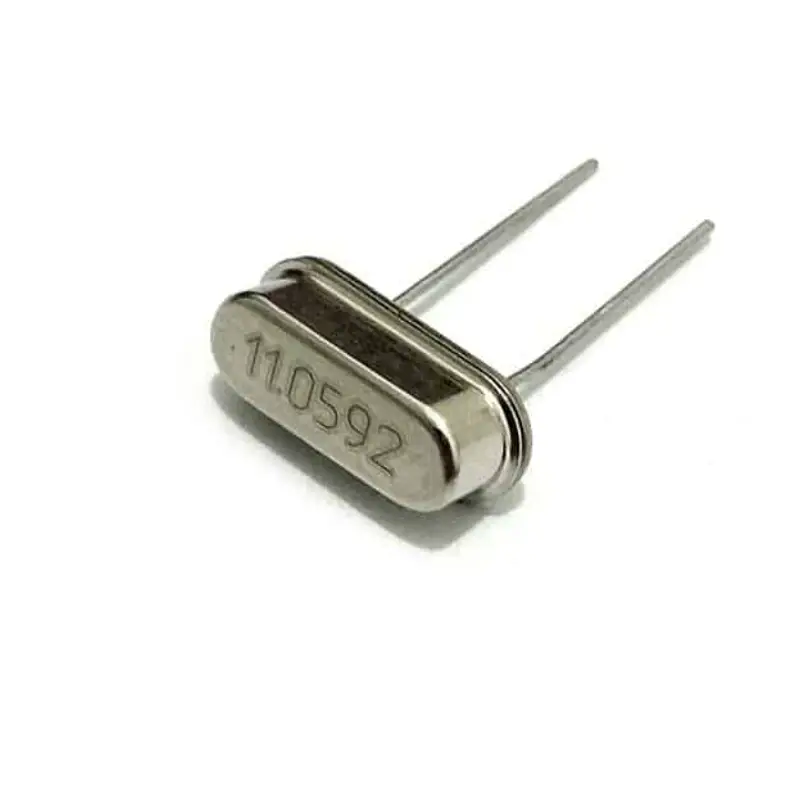
11.0592 crystal oscillator
We provide precision 11.0592MHz crystal oscillators, including XOs, TCXOs, and VCXOs, tailored for your specific application needs. Our oscillators deliver stable, reliable performance, crucial for systems requiring precise timing. Choose from our range for optimal frequency control.
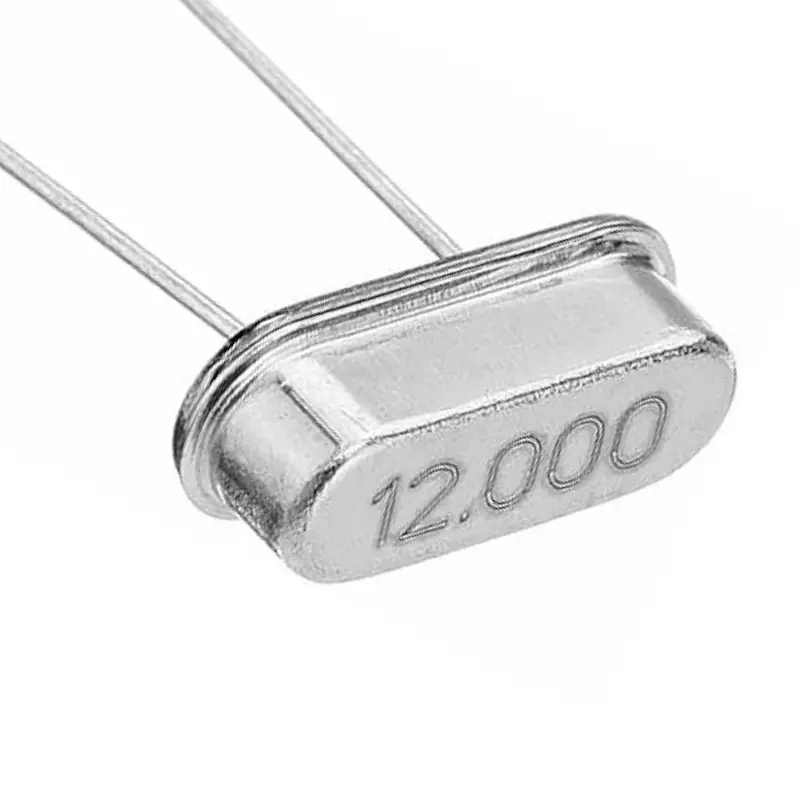
12 mhz crystal oscillator
We offer a range of 12 MHz crystal oscillators, tailored to meet diverse application needs. Our selection includes XOs, TCXOs, and VCXOs, providing varying levels of stability and precision. Engineered for reliability, our 12 MHz oscillators ensure consistent performance for your critical timing requirements.

12.288 mhz crystal oscillator
We provide high-precision 12.288 MHz crystal oscillators, including XOs, TCXOs, and VCXOs. Our oscillators offer exceptional stability and reliability, ideal for applications requiring precise timing, like audio and communication systems. Choose our quality oscillators for your critical timing needs.
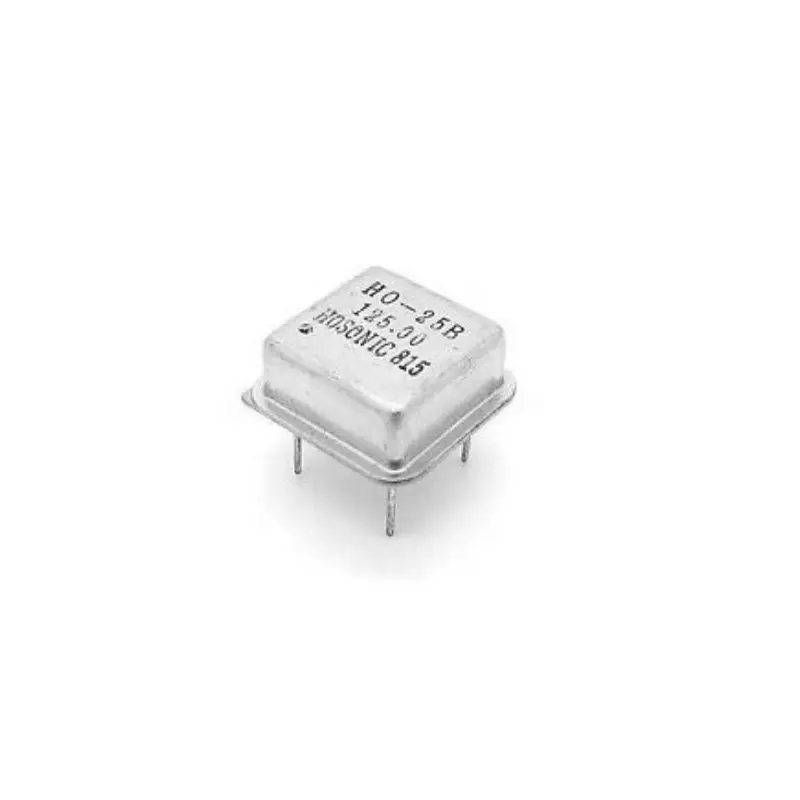
125 mhz crystal oscillator
We offer high-performance 125 MHz crystal oscillators, engineered for precision and stability. Our selection includes various types, from standard XOs to temperature-compensated TCXOs, ensuring reliable frequency generation for your specific application. Choose from our range for optimal performance in your electronic designs.

13.56 mhz crystal oscillator
We specialize in 13.56 MHz crystal oscillators, providing stable and precise timing solutions. Our offerings cater to diverse applications, ensuring reliable performance. Choose from our range of oscillators to meet your specific frequency and stability requirements for your electronic designs.
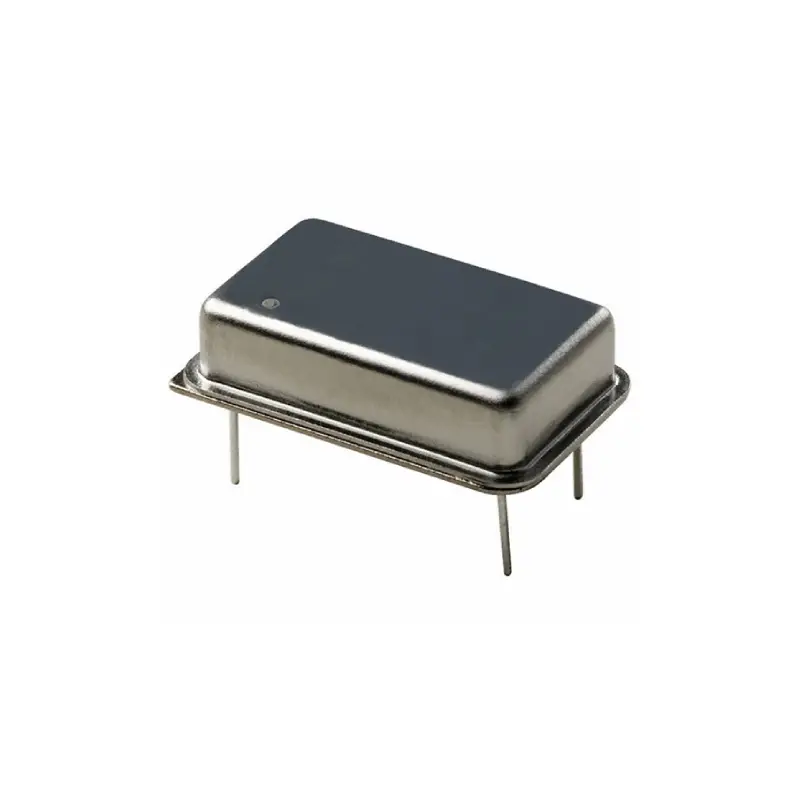
14 mhz crystal oscillator
We offer a range of 14 MHz crystal oscillators, tailored to meet your specific needs. Choose from various stability options, including XOs, TCXOs, and VCXOs. Our 14 MHz oscillators deliver reliable and precise frequency output for diverse applications, ensuring optimal performance in your electronic designs.
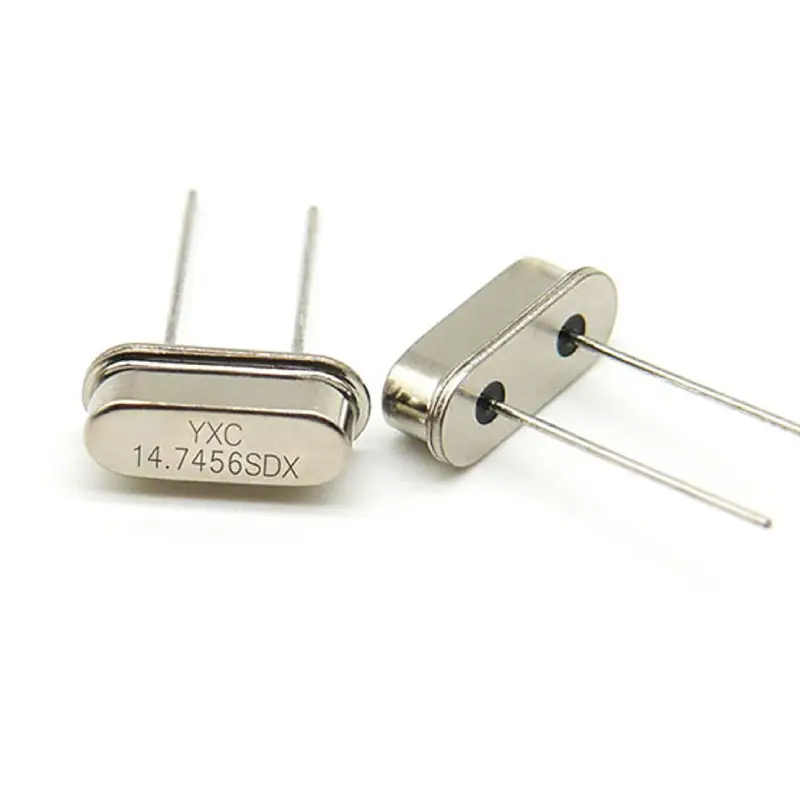
14.7456 mhz crystal oscillator
We provide high-precision 14.7456 MHz crystal oscillators, engineered for stability and reliability. Ideal for applications demanding accurate timing, our oscillators ensure consistent performance. Choose from our selection to meet your specific frequency requirements.
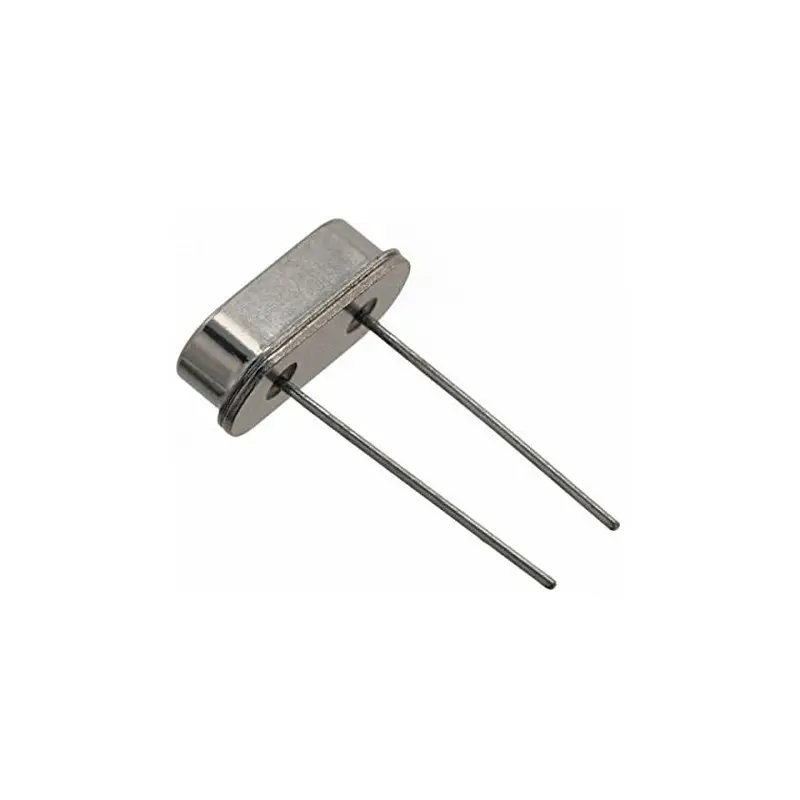
15 mhz crystal oscillator
We offer a range of 15 MHz crystal oscillators, providing stable and precise timing for your applications. Choose from our selection of XOs, TCXOs, or VCXOs, tailored to meet your specific frequency stability and power consumption requirements. Our 15 MHz oscillators are designed for reliability and performance.

150 mhz crystal oscillator
We offer high-performance 150 MHz crystal oscillators, designed for precision and stability. Our selection includes various types, from standard XOs to temperature-compensated TCXOs, ensuring a solution for diverse applications. Expect reliable frequency output and robust performance from our 150 MHz oscillators.
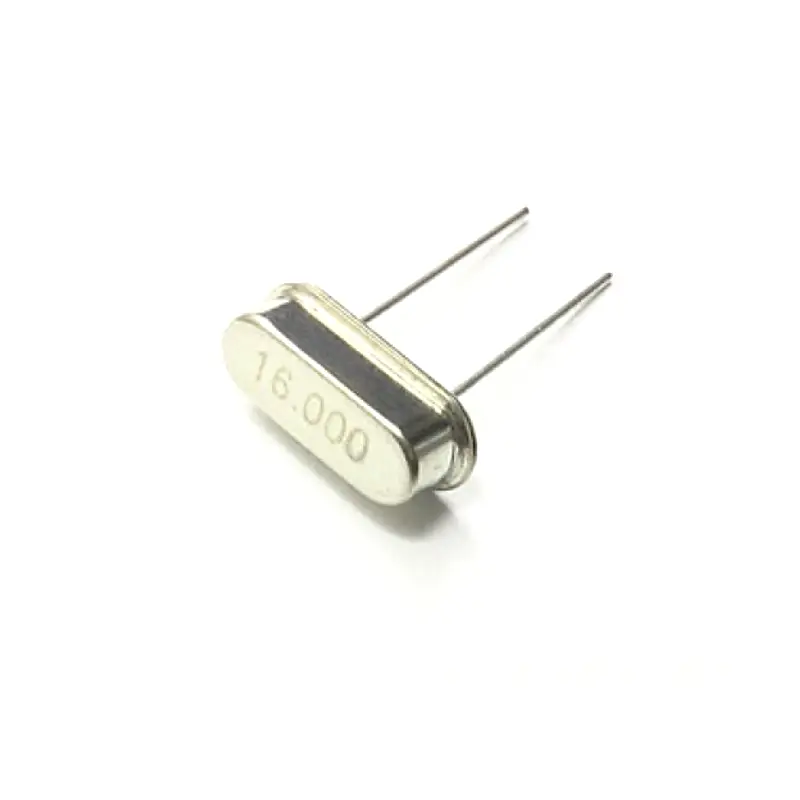
16 mhz crystal oscillator
We offer a range of 16 MHz crystal oscillators, providing stable and precise timing for your electronic designs. Our selection includes various package sizes and stability options to meet your specific application requirements. Whether you need a basic XO or a temperature-compensated TCXO, we have a 16 MHz solution.
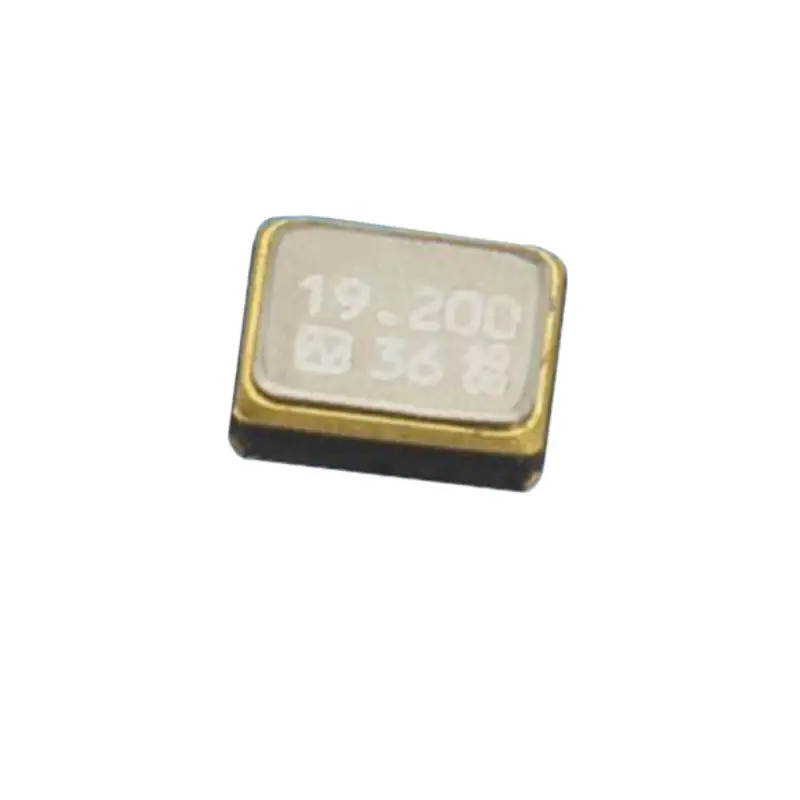
19.2 mhz crystal oscillator
We offer high-quality 19.2 MHz crystal oscillators, essential for precise timing in various electronic applications. These oscillators deliver stable frequency output, ensuring reliable performance in communication devices, microcontrollers, and other frequency-sensitive systems.
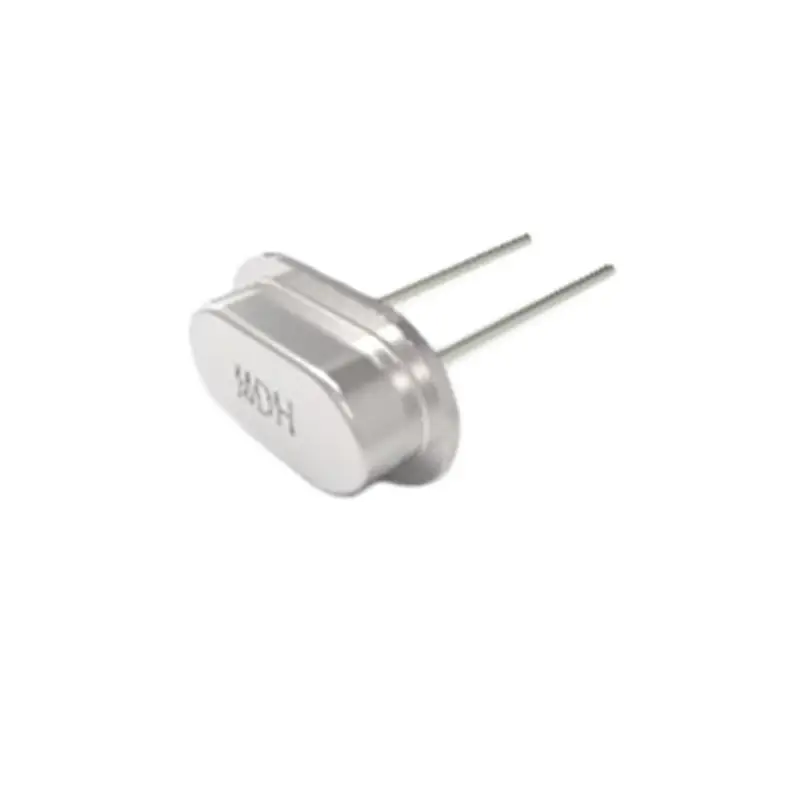
2.4 ghz crystal oscillator
We offer high-precision 2.4 GHz crystal oscillators designed for demanding wireless applications. These oscillators deliver stable and accurate frequency signals, crucial for maintaining reliable communication in various devices. We ensure quality and performance to meet your specific needs.
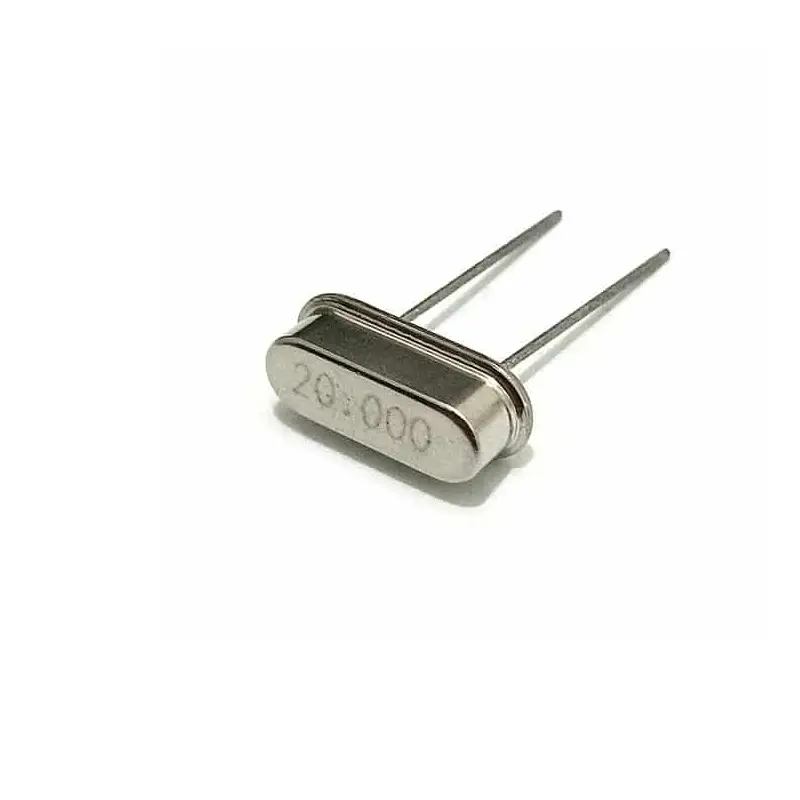
20 mhz crystal oscillator
We offer a range of 20 MHz crystal oscillators, designed for precise timing applications. Our selection includes various packages and stability options to meet your specific needs. From standard to temperature-compensated (TCXO) models, we provide reliable and accurate frequency sources.

200 mhz crystal oscillator
We provide high-precision 200 MHz crystal oscillators, engineered for stability and reliability. These oscillators are ideal for applications requiring accurate timing, such as communication systems, high-speed data processing, and test equipment. We ensure rigorous quality control and offer various packaging options.
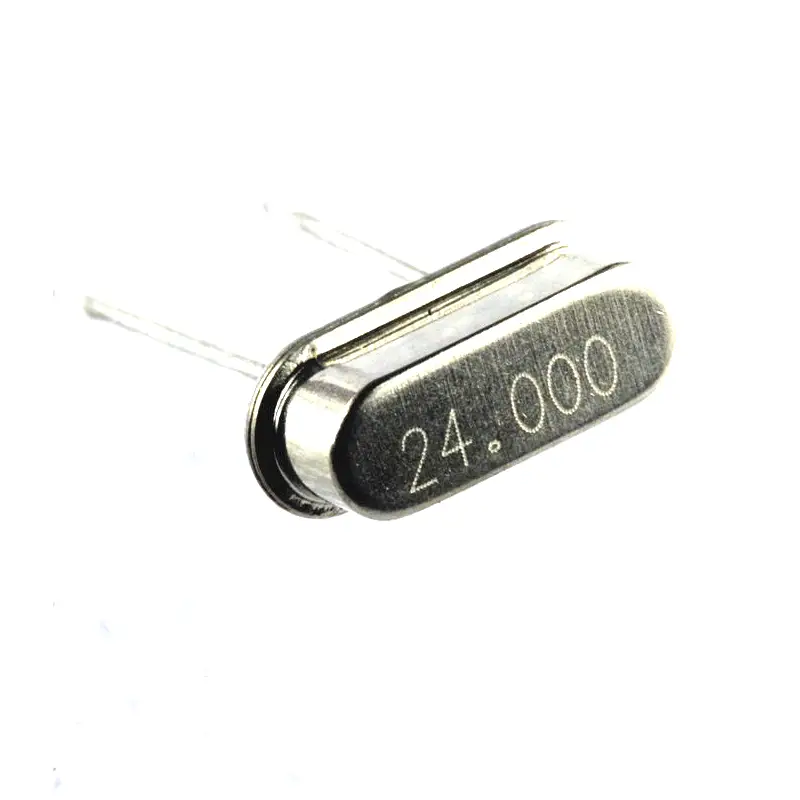
24mhz crystal oscillator
We offer a range of 24 MHz crystal oscillators, designed for stable and precise timing in various applications. Our selection includes options with varying tolerances, temperature stabilities, and package sizes. Datasheets and detailed specifications are available for each model.
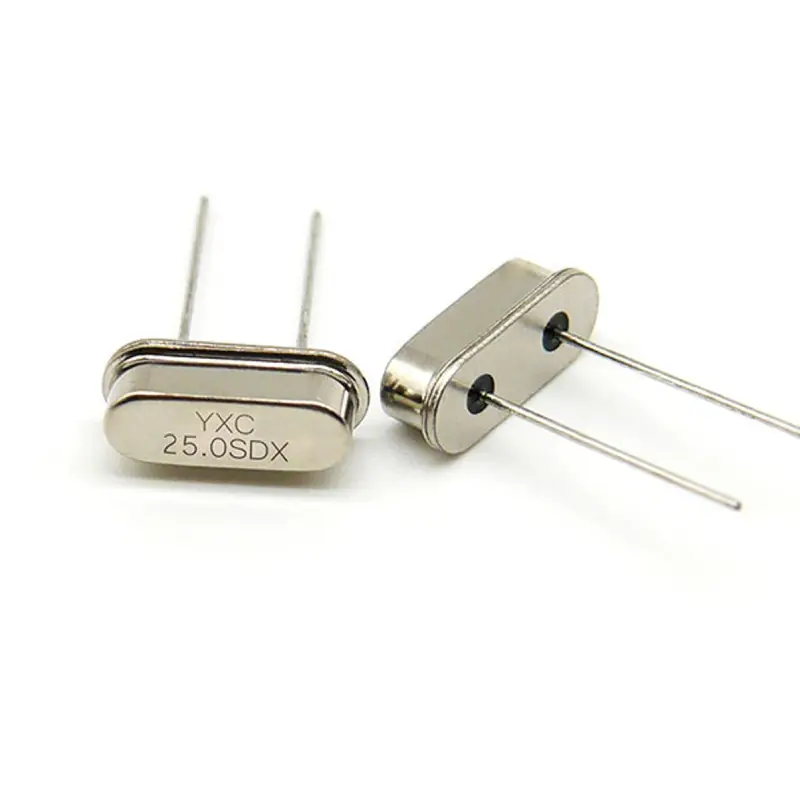
25 mhz crystal oscillator
We offer a range of 25 MHz crystal oscillators designed for precise timing applications. Our selection includes various package sizes and stability options, ensuring compatibility with diverse circuit requirements. We provide detailed datasheets and technical support to assist with your design needs.
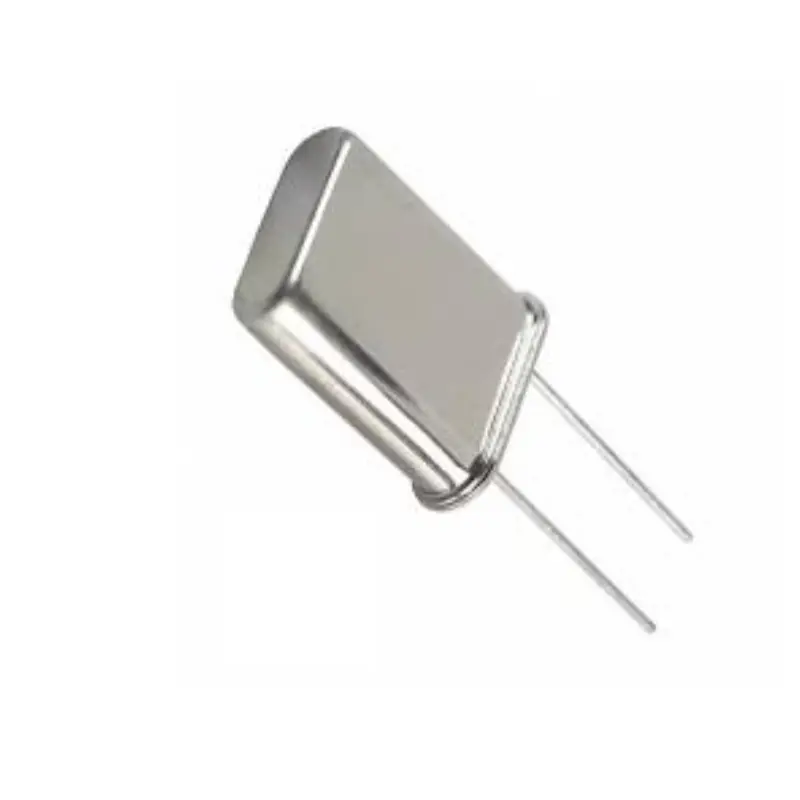
3.58 mhz crystal oscillator
We offer high-quality 3.58 MHz crystal oscillators, ideal for applications requiring precise timing and frequency stability. These oscillators are crucial for color burst signals in video systems and various other electronic devices. Our selection ensures reliable performance and consistent output.
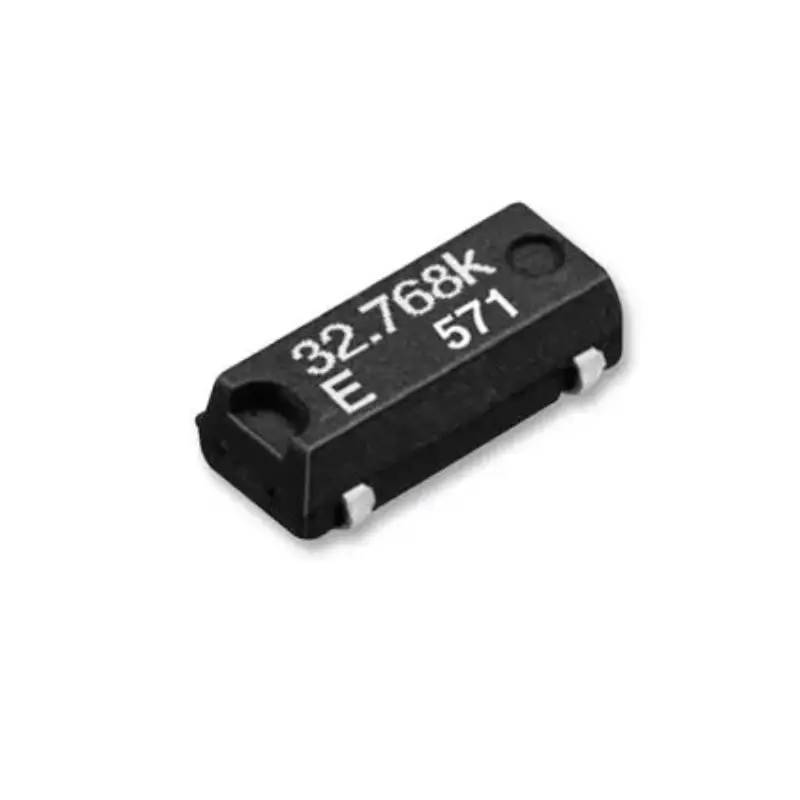
32.768 khz crystal oscillator
We offer high-precision 32.768 kHz crystal oscillators, essential for real-time clocks and low-frequency timing applications. Our oscillators ensure stable and accurate timing, crucial for devices requiring precise timekeeping, and are available in various packages to suit diverse design needs.
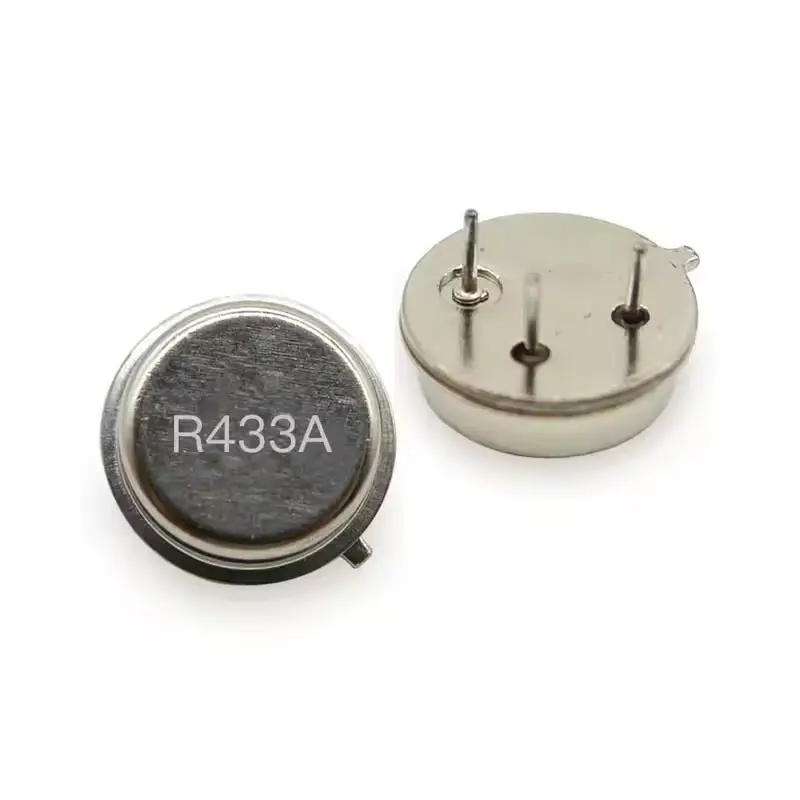
433mhz crystal oscillator
A 433MHz crystal oscillator generates a stable, precise frequency at 433 megahertz. This frequency is commonly used in wireless communication applications. We provide these oscillators with various specifications, including different stability levels and temperature ranges, to meet your specific needs.
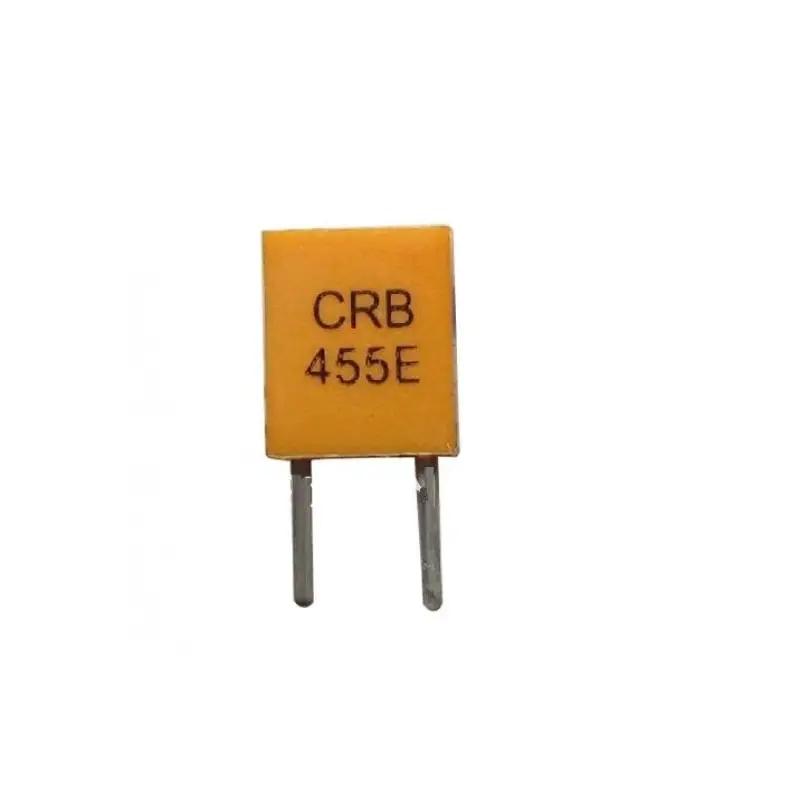
455 khz crystal oscillator
A 455 kHz crystal oscillator produces a stable, precise sine wave signal at 455 kilohertz. Commonly used in intermediate frequency (IF) stages of radio receivers, it ensures accurate signal processing. We provide these oscillators in various packages and tolerances to meet your specific design needs.

500 mhz crystal oscillator
We can provide 500 MHz crystal oscillators tailored to your specifications. These high-frequency oscillators offer excellent stability and low jitter, suitable for demanding applications like telecommunications, high-speed data processing, and RF systems. We offer various packages and tolerances.
What is Crystal Oscillator?
A crystal oscillator is an electronic circuit that utilizes the piezoelectric effect of a crystal, most commonly quartz, to generate a very precise and stable electrical signal. This signal serves as a clock, providing the timing reference for various electronic devices. The core principle revolves around the crystal’s ability to vibrate at a specific frequency when subjected to an electrical field, and conversely, to generate an electrical charge when mechanically stressed.
Essentially, the crystal acts as a highly accurate resonator. When an electrical voltage is applied, it vibrates at its natural resonant frequency. This vibration is then used to create an oscillating electrical signal. The stability of this frequency is exceptionally high, making crystal oscillators indispensable in applications requiring precise timing, such as computers, communication systems, and consumer electronics.
What is Crystal Oscillator made of?
Crystal oscillators primarily utilize piezoelectric materials, with the most common being:
- Quartz:
- This is the most widely used material due to its excellent stability and predictable behavior.
- Quartz crystals offer high accuracy and are relatively cost-effective.
- Other Piezoelectric Ceramics:
- While less common than quartz, other ceramic materials can also exhibit piezoelectric properties.
- These may be used in specific applications where quartz is not suitable.
Essentially, the core of a crystal oscillator relies on a material that can mechanically vibrate when an electrical voltage is applied, and conversely, generate an electrical charge when mechanically stressed. This “piezoelectric effect” is what allows the crystal to create a stable and precise frequency.
Crystal Oscillator types
Crystal oscillators come in various types, each tailored for specific applications and performance requirements. These variations primarily stem from differences in crystal cut, temperature compensation, and packaging.
Here are some common crystal oscillator types:
- AT-Cut Crystal Oscillators:
- The most common type, offering good frequency stability over a wide temperature range.
- TCXO (Temperature Compensated Crystal Oscillator):
- Includes circuitry to compensate for temperature-induced frequency variations, providing higher stability.
- OCXO (Oven Controlled Crystal Oscillator):
- Maintains the crystal at a constant temperature within an oven, achieving extremely high stability.
- VCXO (Voltage Controlled Crystal Oscillator):
- Allows the output frequency to be adjusted by varying an input voltage.
- MEMS Oscillators:
- Micro-Electro-Mechanical Systems oscillators, using silicon based resonators, that can be made very small.
What are Crystal Oscillator applications?
Crystal oscillators are fundamental components in a vast array of electronic devices due to their ability to produce highly stable and accurate frequency signals. Their applications span across numerous industries and technologies, making them indispensable for precise timing and synchronization.
Here are some key applications:
- Computers and Microprocessors:
- Used as the primary clock source for CPUs and other digital circuits, ensuring accurate data processing.
- Telecommunications:
- Essential for frequency control in mobile phones, network equipment, and satellite communication systems.
- Consumer Electronics:
- Found in devices like watches, cameras, and audio equipment for precise timing and signal generation.
- Automotive Systems:
- Used in engine control units (ECUs), GPS navigation, and other electronic systems within vehicles.
- Medical Devices:
- Critical for accurate timing in medical equipment such as pacemakers, patient monitoring systems, and diagnostic devices.
- Aerospace and Military:
- Used in GPS systems, radar, and communication systems.
Essentially, any electronic device that requires precise timing or frequency control relies on crystal oscillators. Their stability and accuracy make them a crucial component in modern electronics.
crystal oscillator vs crystal
Here is a chart about differences between crystal oscillator vs crystal
| Feature | Crystal | Crystal Oscillator |
| Definition | A piezoelectric ceramic material that resonates at a specific frequency when a voltage is applied. | A complete electronic circuit that uses a crystal to generate a stable output signal with a precise frequency. |
| Components | Just the crystal unit. | Crystal, amplifier, feedback circuit, and other components. |
| Functionality | Requires external circuitry to oscillate. | Produces an output signal without the need for external components. |
| Cost | Generally lower than oscillators. | Typically higher due to the integrated circuitry. |
| Size | Smaller than oscillators. | Larger due to the additional components. |
| Accuracy | Can be very accurate, but depends on the surrounding circuitry. | Offers higher accuracy and stability due to the integrated circuit design. |
| Applications | Used in conjunction with microcontrollers and other circuits that require a precise frequency source. | Used in a wide range of electronic devices, including clocks, watches, computers, and communication systems. |
crystal oscillator working principle
How a crystal oscillator works?
The core of a crystal oscillator’s operation relies on the piezoelectric effect. This effect describes how certain materials, notably quartz crystals, generate an electrical charge when subjected to mechanical stress, and conversely, deform when an electric field is applied. In a crystal oscillator, an electric voltage applied to the crystal causes it to vibrate. These vibrations occur at a very precise, natural resonant frequency determined by the crystal’s physical properties.
The oscillator circuit then takes the electrical signal generated by these vibrations, amplifies it, and feeds it back into the crystal. This creates a positive feedback loop, sustaining the oscillations. Because the crystal’s resonant frequency is extremely stable, this feedback loop results in a highly accurate and consistent output frequency. This stable frequency output is why crystal oscillators are crucial in applications requiring precise timing, like computers and communication devices.
difference between crystal oscillator and resonator
| Feature | Crystal Oscillator | Crystal Resonator |
| Definition | A complete electronic circuit that uses a crystal to generate a stable output signal with a precise frequency. | A piezoelectric ceramic material that resonates at a specific frequency when a voltage is applied. |
| Components | Crystal, amplifier, feedback circuit, and other components. | Just the crystal unit. |
| Functionality | Produces an output signal without the need for external components. | Requires external circuitry to oscillate. |
| Cost | Typically higher due to the integrated circuitry. | Generally lower than oscillators. |
| Size | Larger due to the additional components. | Smaller than oscillators. |
| Accuracy | Offers higher accuracy and stability due to the integrated circuit design. | Can be very accurate, but depends on the surrounding circuitry. |
| Applications | Used in a wide range of electronic devices, including clocks, watches, computers, and communication systems. | Used in conjunction with microcontrollers and other circuits that require a precise frequency source. |
do crystal oscillators have polarity?
The crystal oscillator polarity depends on what you mean. The crystal itself is non-polar, but the oscillator circuit is not.
- Crystals (the component):
- The crystal itself, the piezoelectric quartz piece, does not have polarity. It can be inserted into a circuit in either orientation and will still function. This is because its operation relies on mechanical vibration, not directional current flow.
- Crystal Oscillators (the circuit):
- A complete crystal oscillator module, which includes the crystal and supporting circuitry, may have specific pin assignments for power (VCC) and ground (GND), and output. In this case, proper orientation is crucial for the circuit to operate. So the complete oscillator module has correct pin orientation for proper function. But the crystal inside of the module does not.
frequency of quartz crystal oscillator
Quartz crystal oscillators can be manufactured to operate across a wide range of frequencies, typically from a few kilohertz (kHz) up to hundreds of megahertz (MHz). The specific frequency is determined by the physical dimensions and cut of the quartz crystal. Lower frequencies generally correspond to larger crystals, while higher frequencies require thinner crystals. The most commonly used frequencies fall within the megahertz range, as they offer a good balance between stability, size, and cost.
The precision of the oscillation frequency is a hallmark of quartz crystals. They exhibit excellent frequency stability over temperature and time, making them ideal for applications requiring accurate timing. Factors like the crystal cut, temperature compensation circuitry, and the overall oscillator design contribute to the final frequency accuracy. Modern quartz crystal oscillators can achieve frequency stabilities on the order of parts per million (ppm) or even parts per billion (ppb) in specialized applications.
what are function of crystal oscillator in microcontroller?
In a microcontroller, the crystal oscillator serves as the heart of its timing system, providing a stable and precise clock signal. This clock signal is essential for synchronizing the microcontroller’s internal operations, ensuring that instructions are executed in the correct sequence and at the intended speed. Without a reliable clock, the microcontroller would be unable to function predictably.
- Timing Reference:
- Provides the accurate time base for all microcontroller operations.
- Determines the speed at which the microcontroller executes instructions.
- Synchronization:
- Synchronizes the operation of various internal components, such as the CPU, memory, and peripherals.
- Ensures that data transfers and communication occur at the correct times.
- Peripheral Timing:
- Provides timing for peripherals like timers, counters, and serial communication interfaces.
- Enables accurate generation of pulse-width modulation (PWM) signals and other time-sensitive functions.
The stability and accuracy of the crystal oscillator directly impact the overall performance and reliability of the microcontroller. Applications requiring precise timing, such as real-time systems, communication devices, and measurement instruments, rely heavily on the accuracy of the crystal oscillator. By providing a stable and predictable clock signal, the crystal oscillator enables the microcontroller to perform its intended functions with precision and consistency.
how to build a crystal oscillator?
Building a crystal oscillator involves careful component selection and circuit assembly. While it requires some electronics knowledge, following these steps can guide you through the process.
Step 1: Gather the necessary components.
You’ll need a quartz crystal of your desired frequency, an appropriate amplifier (such as a CMOS inverter gate), resistors to set the bias point, capacitors for feedback and stability, and a power source. Ensure the components’ values are suitable for the crystal’s operating frequency and the intended application.
Step 2: Assemble the amplifier stage.
Connect the amplifier’s input to the crystal and feedback network. The amplifier serves to boost the weak signal from the crystal’s vibrations. Pay close attention to the amplifier’s datasheet for proper biasing and gain settings. A CMOS inverter is commonly used because it inherently provides the necessary gain and inversion.
Step 3: Create the feedback network.
Connect capacitors and resistors to form a feedback loop between the amplifier’s output and the crystal. This network ensures that the amplified signal is fed back to the crystal, sustaining the oscillations. The feedback network’s values are critical for proper operation and frequency stability, and should be carefully calculated or selected.
Step 4: Connect the power supply and ground.
Connect the power supply to the amplifier and any necessary biasing resistors. Ensure the correct voltage and polarity are applied. Connect the ground connections for all components. Proper grounding is essential to minimize noise and ensure stable operation of the oscillator circuit.
Step 5: Test the oscillator circuit.
Use an oscilloscope or frequency counter to verify the output signal’s frequency and stability. Check for any unwanted oscillations or noise. If the circuit is not oscillating, double-check the component values, connections, and power supply. If the frequency is incorrect, verify the crystal’s specifications and the feedback network values.
how to check crystal oscillator using multimeter?
Checking a crystal oscillator’s functionality with a multimeter requires understanding that you’re not directly measuring the oscillation frequency. Instead, you’ll be checking for signs of activity and potential issues.
Step 1: Power down the circuit.
Before any testing, ensure the circuit containing the crystal oscillator is completely powered down. This prevents damage to the multimeter or the circuit itself. Discharge any capacitors that might hold residual charge.
Step 2: Check for DC voltage.
Set your multimeter to DC voltage mode and connect the probes to the power supply pins of the crystal oscillator circuit. Verify that the voltage matches the specifications of the oscillator and the circuit’s design. This confirms that the oscillator is receiving power.
Step 3: Check for continuity.
With the circuit still powered down, use the multimeter’s continuity function to check for any short circuits or open connections around the crystal and its associated components. This ensures that the crystal and its supporting circuitry are properly connected.
Step 4: Check for AC voltage (if possible).
If your multimeter has an AC voltage function and the oscillator’s frequency is within its range, you can attempt to detect the AC voltage at the oscillator’s output pin. This is less reliable for high-frequency oscillators, as many multimeters have limited AC frequency response. A small AC voltage reading indicates that the oscillator is likely producing a signal.
Step 5: Check for unexpected DC voltage on output (with caution).
With the circuit powered, and with extreme caution, you can check the DC voltage on the output pin. If the oscillator is functioning, you may see a DC bias voltage. A lack of DC voltage, or a very low voltage, could indicate a problem with the oscillator or its supporting circuitry. However, this is not a definitive test and can be misleading.
How to Connect a Crystal Oscillator?
Connecting a crystal oscillator involves careful attention to pin assignments and power requirements. Here’s a step-by-step guide to ensure proper connection:
Step 1: Identify the crystal oscillator’s pinout.
Consult the crystal oscillator’s datasheet to identify the function of each pin. Typically, you’ll find pins for power (VCC or VDD), ground (GND), and the output signal. Some oscillators may have additional pins for enable/disable or frequency control.
Step 2: Connect the power supply (VCC/VDD).
Connect the positive terminal of your power supply to the VCC or VDD pin of the crystal oscillator. Ensure the voltage matches the oscillator’s specifications. Using an incorrect voltage can damage the oscillator or prevent it from functioning.
Step 3: Connect the ground (GND).
Connect the negative terminal of your power supply to the GND pin of the crystal oscillator. A solid ground connection is crucial for stable operation. Use thick wires or a ground plane to minimize noise and voltage drops.
Step 4: Connect the output signal.
Connect the output pin of the crystal oscillator to the input of the device or circuit that requires the clock signal. Use shielded cables or short wires to minimize signal interference, especially for high-frequency oscillators.
Step 5: Add decoupling capacitors.
Place decoupling capacitors (typically 0.1 µF or 100 nF) close to the VCC/VDD pin of the crystal oscillator. This helps to filter out noise and stabilize the power supply. Connect one end of the capacitor to VCC/VDD and the other end to GND.
Step 6: Verify the connections.
Double-check all connections to ensure they are secure and correct. Use a multimeter to verify the power supply voltage and continuity of the connections. Power up the circuit and use an oscilloscope or frequency counter to verify the output signal’s frequency and stability.
how to read crystal oscillator values?
Reading crystal oscillator values involves interpreting the markings on the crystal or its datasheet to understand its frequency, tolerance, and other specifications. Here’s a breakdown:
Step 1: Locate the markings.
Crystal oscillators typically have markings printed on their packages. These markings may include the frequency, manufacturer‘s code, and other relevant information. Look for numbers and letters that indicate the crystal’s specifications.
Step 2: Identify the frequency.
The most important value is the frequency, usually expressed in megahertz (MHz) or kilohertz (kHz). It might be written as a number followed by “MHz” or “kHz,” or it could be a series of numbers that represent the frequency. For example, “16.000MHz” indicates a frequency of 16 megahertz.
Step 3: Check for tolerance.
The tolerance indicates how much the actual frequency can deviate from the nominal frequency. It’s usually expressed in parts per million (ppm). For example, “±20ppm” means the frequency can vary by ±20 parts per million. Lower ppm values indicate higher accuracy.
Step 4: Look for temperature stability.
Some crystals will include a temperature stability rating, which indicates how much the frequency changes over a specific temperature range. This is often expressed in ppm/°C.
Step 5: Identify the crystal cut.
The crystal cut (e.g., AT-cut) affects the crystal’s performance characteristics. This information may be included in the markings or datasheet.
Step 6: Consult the datasheet.
For more detailed information, refer to the crystal oscillator’s datasheet. The datasheet will provide comprehensive specifications, including the frequency, tolerance, temperature stability, operating temperature range, and other relevant parameters. If there are any manufacturer codes on the package, using those codes to search for the specific datasheet online is recommended.
Step 7: Interpret package markings.
Sometimes the packaging itself contains the information, and the crystal only has a manufacturer or part code.
Please feel free to contact us now if you are interested in our electronic components~